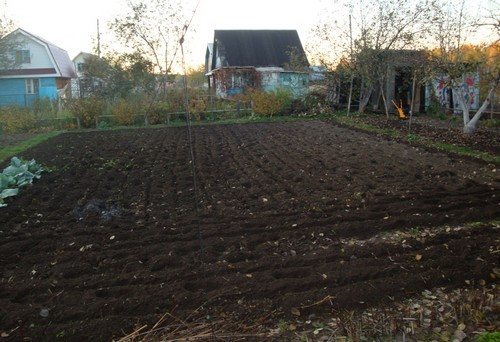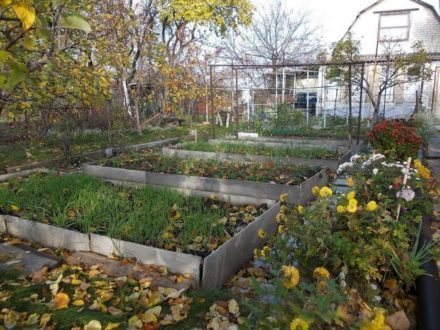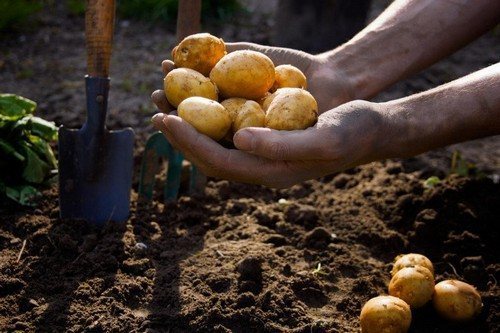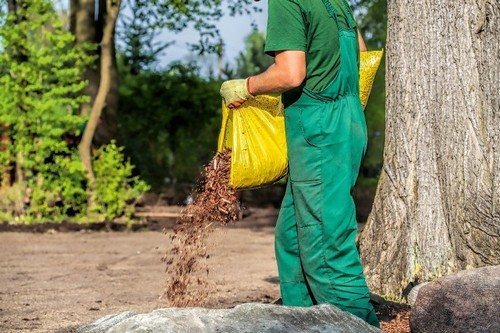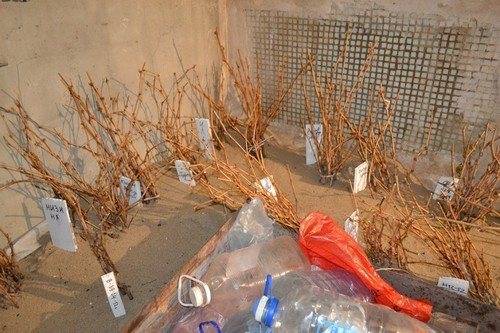Potatoes are considered an unpretentious crop: they can be planted and harvested anywhere. But with such an attitude it is impossible to obtain high yields. It depends on the quality of the preparatory work. Some of them are autumn soil preparation for planting potatoes in the spring. The following tips will help significantly increase your future harvest.
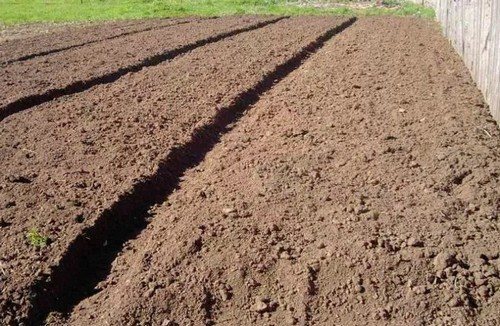
Selecting a site for planting
Potatoes can be grown successfully in many soils suitable for the plant. More important are the illumination of the designated area and sufficient humidity. Exceeding the norm of the latter has an extremely negative effect on plant development. The likelihood of fungal and bacterial diseases, including late blight, also increases. Potato is a light-loving crop. An insufficient amount of light leads to stretching of the tops, rapid yellowing of the leaves and weak flowering. The result is small tubers and a very modest harvest.
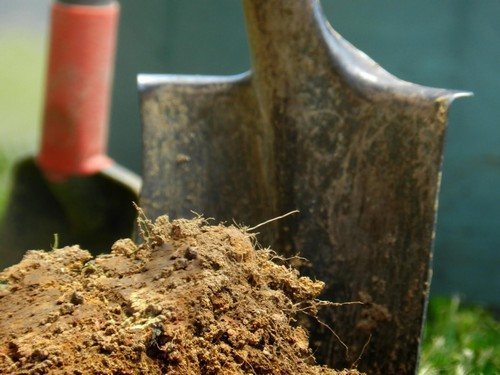
Determining soil type
Potatoes do well in acidic soil, but slightly acidic soil is best. Therefore, liming is carried out on medium and strongly acidic soils. Particular attention should be paid to the density of the soil. Insufficient oxygen access worsens the conditions for the development of roots, which become deformed over time.
Loosening
Autumn plowing of the soil is carried out with the aim of creating a deep, loose and well-ventilated layer of soil in which the required amount of moisture will accumulate and remain.It should be noted: no other agricultural work (watering, fertilizing...) can provide sufficient oxygen.
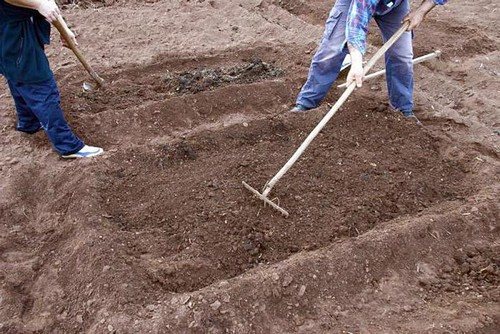
Destruction of weeds and pests
As a result of additional loosening, the number of weed seeds is noticeably reduced and pathogens of potato diseases are eliminated. When manual plowing, it would be good to remove the root systems of weeds (wheatgrass) and larvae (chafer beetle, wireworm).
Selecting the right crop rotation
It is better to plant potatoes in virgin soil. But in practice, you have to change garden crops or plant it in the same place. Due to the presence of common pests with nightshades (tomatoes, eggplants, peppers), it is not recommended to plant potatoes after them. Areas where cabbage used to grow are also not suitable. The reason is that a lot of lime is used to combat its diseases, which increases the likelihood of potato scabs. It is allowed to alternate planting potatoes with beets, zucchini, onions, cucumbers, beans and peas. You can return to your old place after 3 or 4 years.
Restoring soil fertility using green manure
After harvesting, fast-growing mustard or watercress is planted on the site. Around mid-October, the greenery needs to be mowed and the area needs to be dug up (depth about 20 cm). Additionally, such plowing will destroy pests that will end up at the top and die from the first frosts.
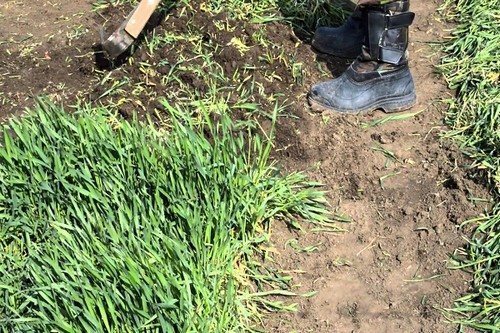
Fertilizing the soil
It is especially important to apply nutrients in areas without crop rotation. In such cases, the soil is depleted over several years and cannot renew itself.Ash is well suited for soil fertilization, as it contains a lot of phosphorus, calcium, potassium and other microelements necessary for potatoes. 8-19 kg of ash is consumed per 100 m2. Other fertilizers - compost, manure and superphosphate - are best applied in the spring.
Installing pest traps
Using simple devices, you can collect a lot of mole crickets and Colorado potato beetles, which would become a threat to the future harvest.
Autumn soil preparation on the site is very important. It is worth listening to simple tips so that the next harvest grows rich and of high quality.


